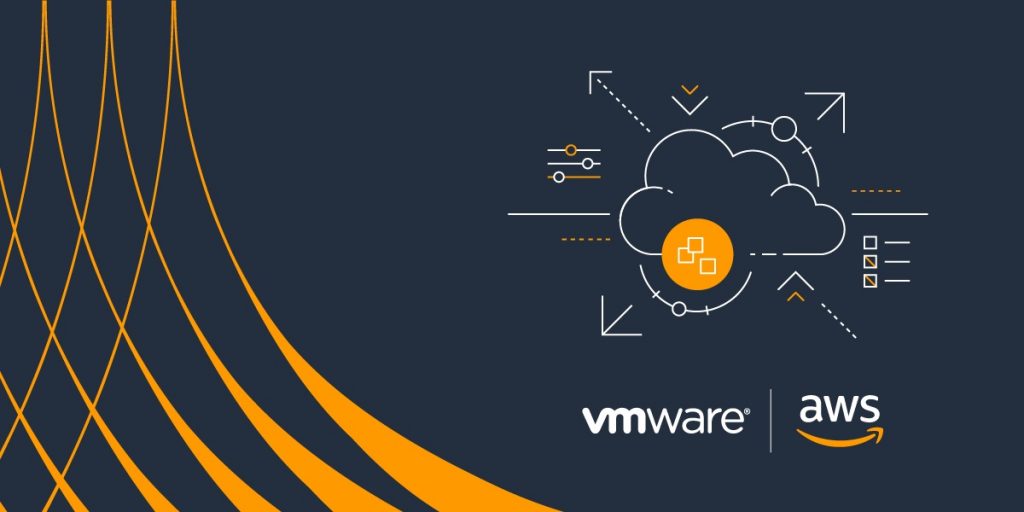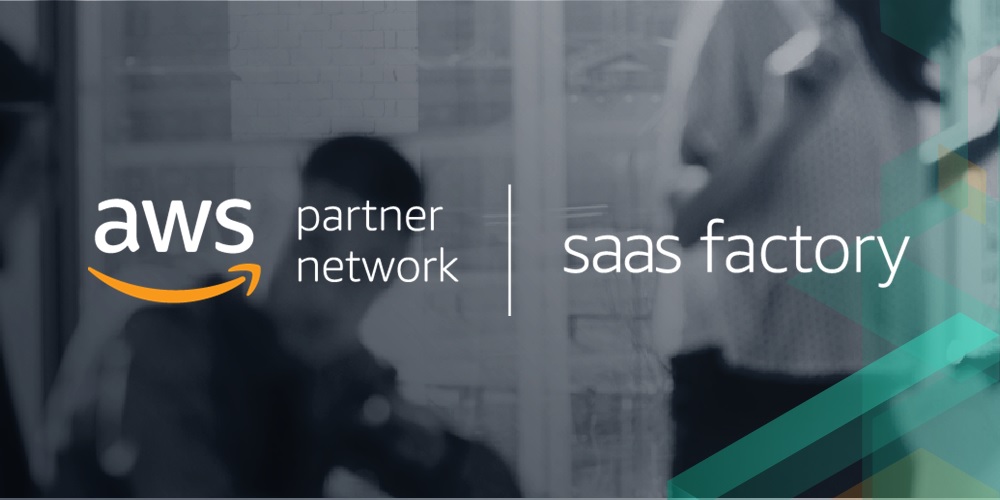AWS Partner Network (APN) Blog
Tag: AWS CloudFormation
How Indexima Uses Hyper Indexes and Machine Learning to Enable Instant Analytics on Amazon S3
Achieving “speed of thought” or instant analytics on large data sets is a key challenge for business intelligence platforms. Traditionally, data engineers would design and deliver an optimized, aggregated subset of the data to a data warehouse to drive the visualization. This can often take weeks of development and testing or incur significant infrastructure costs. Learn how Indexima uses machine learning and hyper indexes to automate this process and accelerate analytics by up to 1000x across a full data set on Amazon S3.
How to Use AWS Transfer Family to Replace and Scale SFTP Servers
In the financial services domain, it’s a common architecture pattern to find shared services file servers that act as SFTP file server or FTP server. Because these financial applications are not always API driven, data exchange using flat files remains the standard way to share information between applications, even when some of them have been migrated to AWS. Learn how DXC Technology addressed migrating this type of server using AWS Transfer Family, Amazon S3, and Amazon EFS.
Building a Multi-Tenant SaaS Solution Using Amazon EKS
As more organizations make the move to a SaaS delivery model, many are choosing Amazon EKS as the target for their solutions. The programming model, cost efficiency, security, deployment, and operational attributes of Amazon EKS represent a compelling model for SaaS providers. Walk through the key architectural elements of a sample architecture, and learn how to isolate tenants within an EKS cluster, automate tenant onboarding, manage tenant identities, and support routing of tenant workloads.
How to Automate Cost and Performance Improvement Through gp3 Upgrades Using AWS Systems Manager
Automatically identifying and upgrading existing SSD volumes to take advantage of the new gp3 general purpose volumes for Amazon EBS can help organizations reduce storage costs. Learn how to upgrade your existing gp2 volumes, without interruption, to the next generation of general purpose SSD volumes using AWS Systems Manager. This a core component of nubeGo’s Cloud Managed Service (NCMS) which helps customers automate cost savings, security guardrails, and compliance requirements with minimal effort.
Design Considerations for Disaster Recovery with VMware Cloud on AWS
Customers who run VMware on-premises are incorporating VMware Cloud on AWS into their hybrid cloud strategy due to the immense benefits of using the AWS Global Infrastructure. As organizations plan hybrid cloud strategies, disaster recovery is a vital consideration to ensure business continuity in the event of a disaster. Learn about the architectural considerations and best practices for implementing disaster recovery using VMware Cloud on AWS.
How Tech Mahindra Approaches Cost Optimization and Governance Using AWS Native Services
Cloud cost governance ensures customers are availing all potential services, tools, and resources to continuously track, optimize, and control their overall cloud spend. Learn how Tech Mahindra achieved one customer’s goal of cloud finance using cost management best practices along with AWS native tools and techniques. Tech Mahindra worked closely with the customer’s IT, engineering, and finance teams to understand their existing cloud governance model and issues.
Automation of User Onboarding and Offboarding Workflows
A seamless employee experience requires the workflow of user onboarding and offboarding requires integration between HR systems, ITSM tools, cloud resources, identity and access control, and intelligent automation. To address these common needs, Relevance Lab worked closely with AWS to create an intelligent automation solution using RLCatalyst, ServiceNow, and Jira Service Desk. In this post, walk through the workflow and learn about this solution for automated user onboarding and offboarding.
Automating AWS Fargate Image Scanning to Block Container Threats
Learn how image scanning implemented at various points of the container and Kubernetes lifecycle can provide you with critical insights to ensure security and compliance, without impacting the flexibility you need to build and run your applications. Built on open source, the Sysdig Secure DevOps Platform enables cloud teams to secure build pipelines, detect runtime threats, validate compliance, and monitor performance.
Capturing and Visualizing Multi-Tenant Metrics Inside a SaaS Application on AWS
As a SaaS provider, it’s essential to have a clear picture of how tenants are exercising your system. Being able to model the functional and operational profile of tenants and tenant tiers is critical to evolving the business and technical strategies of a SaaS organization. Learn about the role metrics play within a SaaS-based application, and dive deep into a solution that provides all of the infrastructure that will support the ingestion, aggregation, and analysis of SaaS metric data.
Embracing DevSecOps: Building Security into Cloud-Native Development Workflows
Automation and integration are critical to producing applications with fewer flaws at a speed that won’t slow developers down. However, this is only possible with a well-planned DevSecOps program and the right tools embedded into your software development lifecycle. Dig into the importance of the digital shift and how you can implement DevSecOps into existing workflows with the combined control of Veracode’s scanning tools and AWS integrations.









